Want to Make Music? Here's the Top 8 Cheap Sound Modules
Choose a sound module that has modern connectors
8 min. read
Updated on
Read our disclosure page to find out how can you help Windows Report sustain the editorial team. Read more
Key notes
- Sound modules come in all shapes and sizes but have the same purpose of creating music.
- The best ones are incredibly expensive, but there are some decent low-price ones as well.
- This guide lists out the best cheap sound modules. Note that they come with a preset sound library.
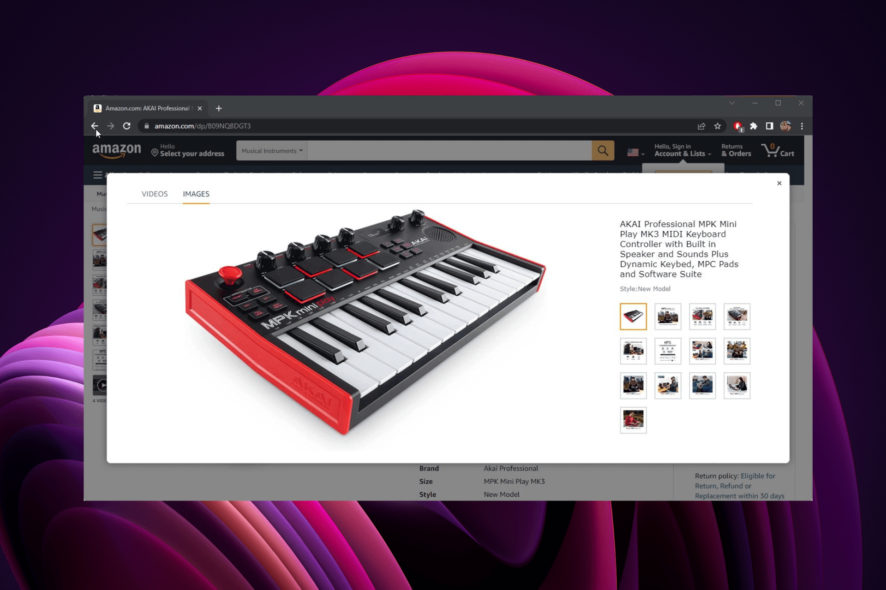
Sound modules are electronic instruments that allow you to create music. This is done by using some kind of external controller like a keyboard, for example.
The term ‘sound module’ is more of an umbrella term and can refer to many different devices, both hardware and software. Synthesizers, samplers, and romplers can be considered to be sound modules.
The sound module industry is vast with so many different types of devices that it can be difficult to breach for beginners. This guide will break down the possible sound modules that you can buy.
It’ll cover a wide variety of sound modules that have a low price tag. Some of these machines can reach into the thousands of dollars, so to keep your wallet happy, we’re only focusing on the cheap ones.
What should I look for in a sound module?
For starters, you’ll want one that has modern connectors. By this, we mean a module that has a USB-C port or some way to directly connect to your computer would be great.
That way, you can use your computer as an instrument of sorts. You should also look for modules that come with a preset sound library. Building a sound library from scratch can be timing consuming.
You should also look for how many different sounds the modules can operate. If you’re going to use one to create music, having the ability to play many different tracks or sequences is a big plus.
What are the best sound modules?
1. MIDIPLUS PianoEngine – Ideal for beginners
- Comes with 128 piano sounds
- Can connect to a USB keyboard
- Built-in 100 drum song demo
- Supports 3.5 audio jack
- Has MINI IN and OUT ports
- People complain about LCD display latency
Kicking things off is the MIDIPLUS Piano Engine USB Host MIDI Sound Module. Despite the long name, it’s actually quite small coming in at 7.68 x 7.28 x 2.05 inches. Don’t let the size fool you because it can output big sound.
The PianoEngine is very good for a beginner because it comes with hundreds of sounds pre-installed into the device. You get 128 piano sounds that are compatible with the GM (General MIDI) standard. You also have access to 100 built-in drug songs.
With these pre-installed tracks, you can experiment and pull together some cool sounds. As for ports, it supports micro-USB connections and several different types of interfaces.
In total, you have two 3.5mm audio jacks (one input and one output) and two MIDI ports (one IN and one OUT). The PianoEngine can also serve as a USB host.
If you don’t know, a USB host is a device that can communicate and control other USB devices that it’s connected to.
2. PianoBox USB – Nine different drum sets
- Comes with 128 MIDI sounds
- Supports full General MIDI implementation
- Has a HI-Z guitar input jack
- Comes with nine different drum sets installed
- Also comes with sound effects set
- The manual may be confusing
Next is the PianoBox USB from Miditech. This sound module is a decent device for its low price. It comes with 128 MINI sounds, nine different drum sets, and an SFX set pre-installed.
SFX refers to a series of sound effects that you can add to songs to enhance them. They’re not necessarily music notes, just a short track to give a song that extra oomph.
In addition to the pre-installed sounds, the PianoBox has a 6.3mm HI-Z guitar input TRS (tip-ring-sleeve) jack. With this port, you can connect your guitar to the port and create a song alongside the pre-installed sounds.
That said, it’s not all great. Looking through the PianoBox reviews, some people have complained that the user manual is very unhelpful and Miditech sending a European power supply to American buyers.
3. Moog Werkstatt-01 Analog Synthesizer – Great price
- One of the cheapest Moog sound modules
- Include a 3.5mm CV expander to connect to other devices
- Easy-to-use synthesizer
- Comes with a built-in 13-note button keyboard
- The oscillator has a wide pitch from 8Hz to 16kHz.
- Not the greatest performing synthesizer
Moog Music is a well-known sound module manufacturer famous for its synthesizers. They create a lot of high-quality products but are also pretty expensive as they reach hundreds of dollars.
Out of all of Moog’s sound modules, there is one that has a cheap price point while maintaining company quality and that’s the Werkstatt-01 Analog Synthesizer Kit with CV Expansion Board.
If you look at the product image, you will see what look like nozzles on the right of the Werkstatt. That is the Expansion Board which will allow you to connect to other synthesizers, drum machines, and controllers.
Moog also claims the Werkstatt is easy to use as it points to the simplistic front-panel layout that sports a 13-button keyboard. That way, you won’t have to connect an external keyboard to play music.
The company also boasts the device is easy to modify to foster experimentation. Its flexibility is something many people like about the Werkstatt.
So if experimentation is something you like, the Werkstatt-01 is highly recommended.
4. Korg Volca Modular – Experimental West Coast sounds
- Supports battery power or power adapter
- Offers experimental West Coast sounds
- Comes with a 16-step sequencer
- Great sound for a relatively cheap price
- It has useful features like a microtuning tool
- Doesn’t have a MINI IN or OUT port
Something that you notice as you get into electronic music and synthesizers is the concept of West Coast Synthesis and East Coast Synthesis. To oversimplify, these two concepts refer to different styles and approaches to music.
East Coast Synthesis refers to a more traditional sound while West Coast Synthesis refers to something more experimental. The Korg Volca Modular Synthesizer follows a more West Coast sound.
This experimental sound is made due to tools such as complex oscillator modulation and loss-pass gates. Synthesizers like the Korg Volca are adept at creating more metallic and industrial sounds.
So people who like to experiment with their music should feel at home with the Korg Volca Modular Synthesize. As for more traditional features, it is a little lacking.
The Korg Volca doesn’t have MINI IN or OUT ports nor does it have a USB connector for computers. It does have a 3.5mm headphone jack and Volca sync ports.
If you’re someone who’s looking into delving deeper into electronic music, this device is a great choice.
5. IK Multimedia UNO – Highly portable
- Works well alone or with MIDI keyboards
- Comes with 100 preset sounds
- Has a built-in 2-octave keyboard
- Highly portable
- Easy to program
- One of the expensive options on this list
Now we have a retro-looking sound module in the IK Multimedia UNO portable monophonic analog synthesizer. This is one of the expensive options on this list coming in at a couple of hundred dollars, but it’s still worth the price.
For starters, it’s portable and can be powered by batteries or from a USB cable connected to a laptop. It’s also easy to configure with its 100 preset sounds. 80 of those sounds can be written over if you want to save your own creation.
You can reprogram those sounds straight out of the box without any prior knowledge. Afterward creating music, you can take those files and edit them on the UNO Synth Editor app.
The app has settings like 4-stage ADSR envelopes, velocity control, waveform shape modulation, and more. The UNO does come with a 27-note keyboard with two octaves of sound control.
But you can also connect your own keyboard via the MIDI In and Out ports.
6. Native Instruments Komplete Audio 6 Mk2 – Extended compatibility
- Compatible with a lot of different devices
- Has six inputs and six outputs
- Records audio in high quality
- Comes with software to create songs
- Powered via USB 2.0
- A little expensive
The Native Instruments Store has multiple models under the Komplete name with the best one being the Komplete Audio 6 Mk2. It’s not the cheapest model either; in fact, it’s one of the most expensive ones.
But it makes up for the price with a wide assortment of features. First, it has six inputs and six outputs. Four of the respective outputs are analog while the other two are digital.
The Audio 6 Mk2 also comes with two headphone jacks and MIDI In/Out ports. It’s also compatible with a wide assortment of devices and instruments. You can plug in microphones, guitars, and synthesizers for example.
The device is highly versatile allowing for different kinds of setups. You can simulate a small band, being a producer, or playing a live show.
Other notable features include the ability to be powered via a USB 2.0 cable and produce sounds at 192kHz/24-bit.
7. AKAI Professional MPK Mini MK3 – 25-key MIDI keyboard
- Comes preinstalled with over 1500 sounds
- Has a thumbstick for dynamic pitch and modulation
- Has a 25-key MIDI keyboard
- Comes with a starter kit
- Has a simple setup
- More of a keyboard than a synthesizer
Some sound modules have pretty unique designs to them. Not all of them are your standard board filled with knobs and switches. Others take a more straightforward and approachable design such as these AKAI devices.
AKAI is a good brand for these types of MIDI controllers and the first one on this list is the AKAI Professional MPK Mini MK3. These devices are what people use to create beats.
The MPK Mini MK3 comes with a 25-key keyboard controller that sports eight drum pads, eight knobs, and a thumbstick right on its form factor. The thumbstick can be used to actively pitch and module music as it plats.
It sports an arpeggiator to adjust sound resolution, range, and modes on the device. You can exercise further control over your music with the eight knobs that can be assigned to mix and tweak sounds.
To get you started, the MPK Mini MK3 has over 1500 sounds across instruments and beats pre-installed.
Feel free to leave a comment below if you have any questions on any of these sound modules. We’d love to hear your opinion.
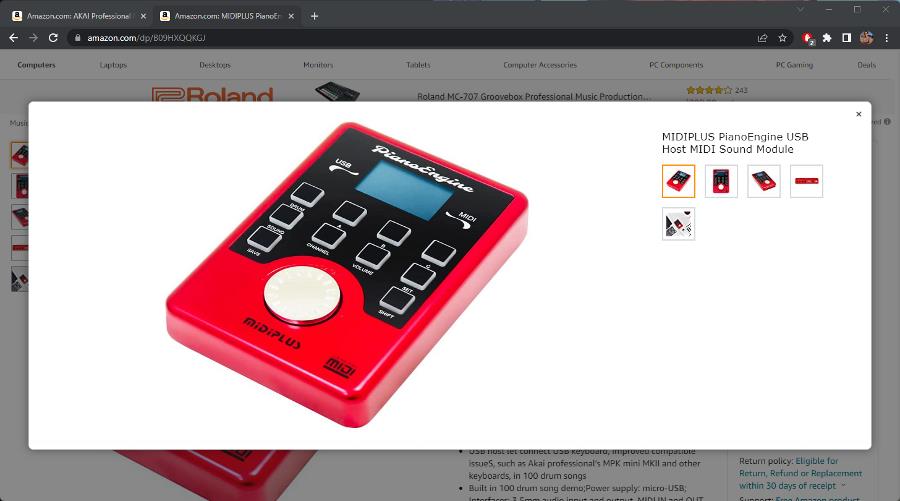
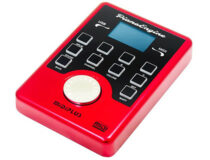

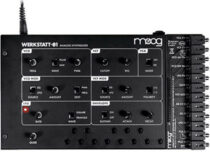
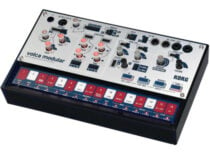

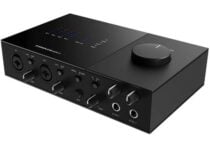
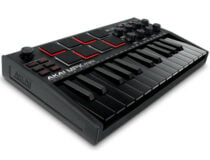
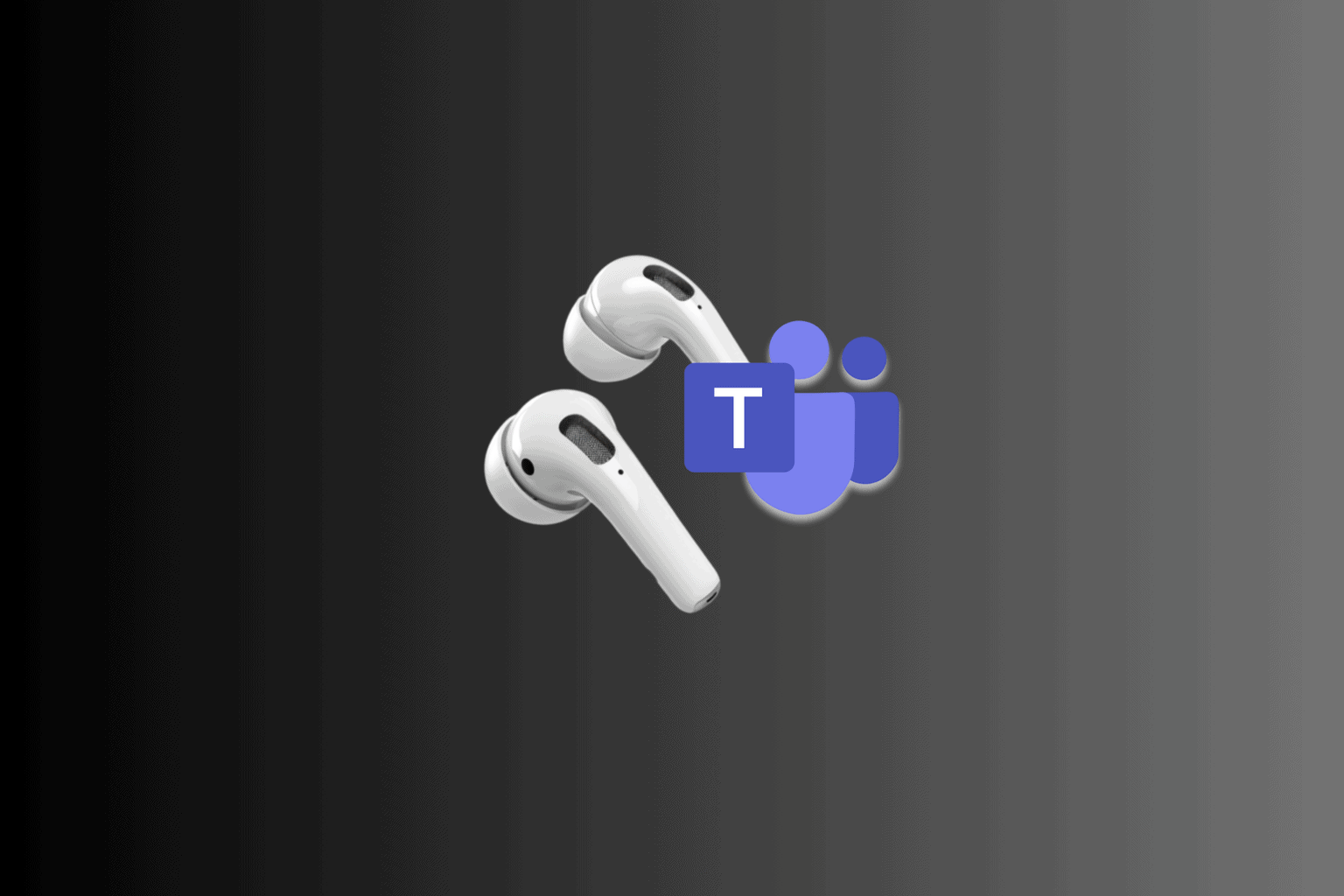
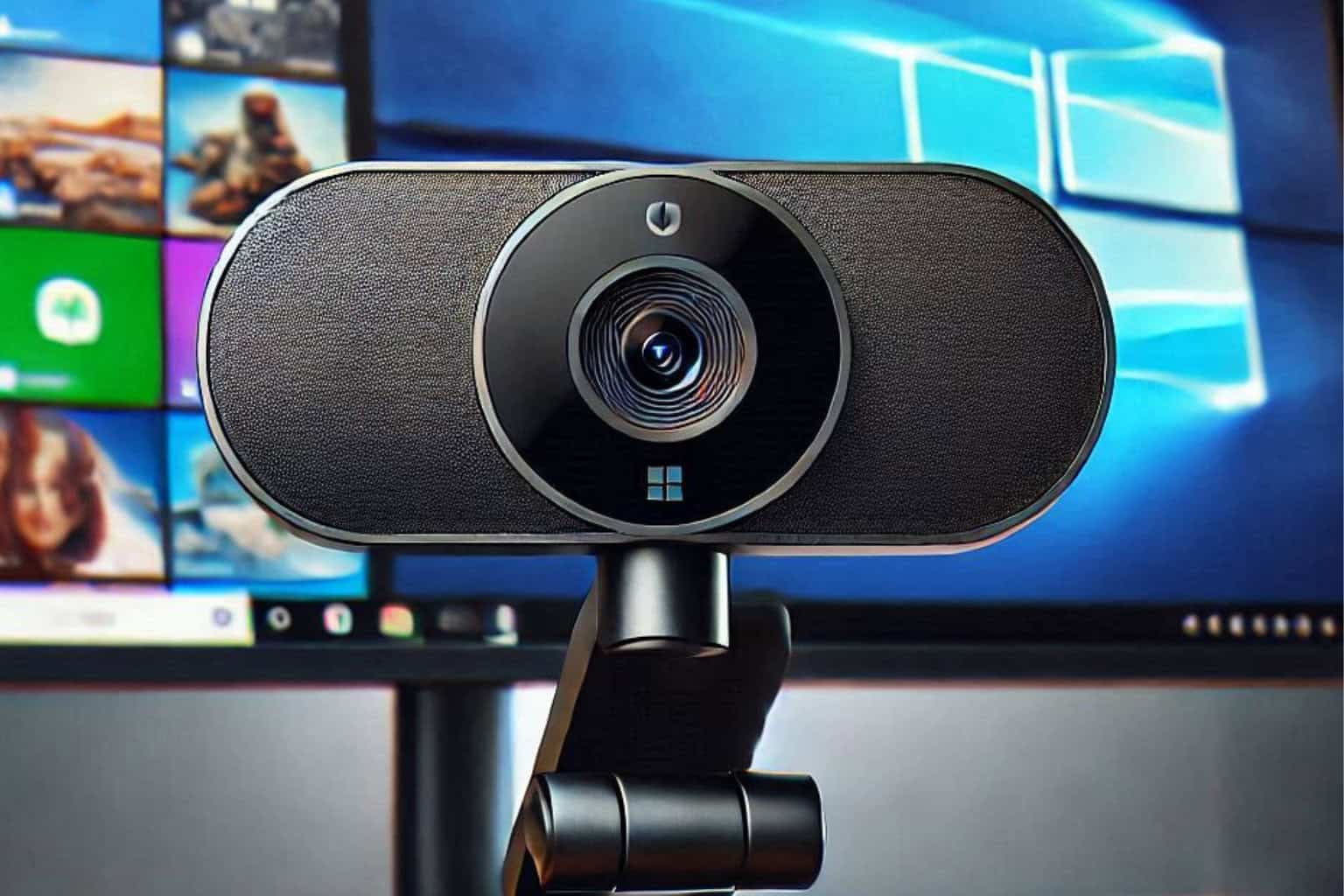




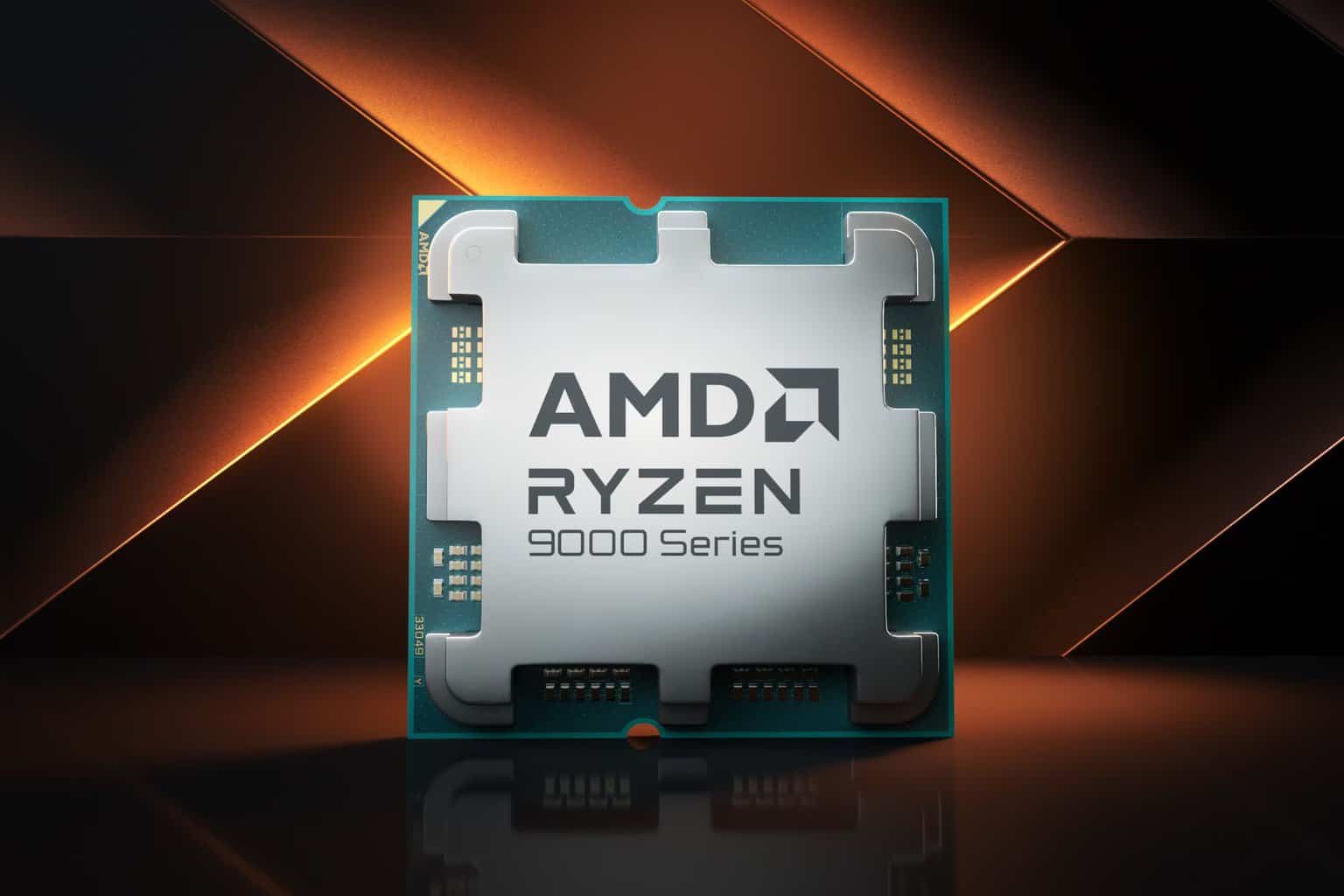
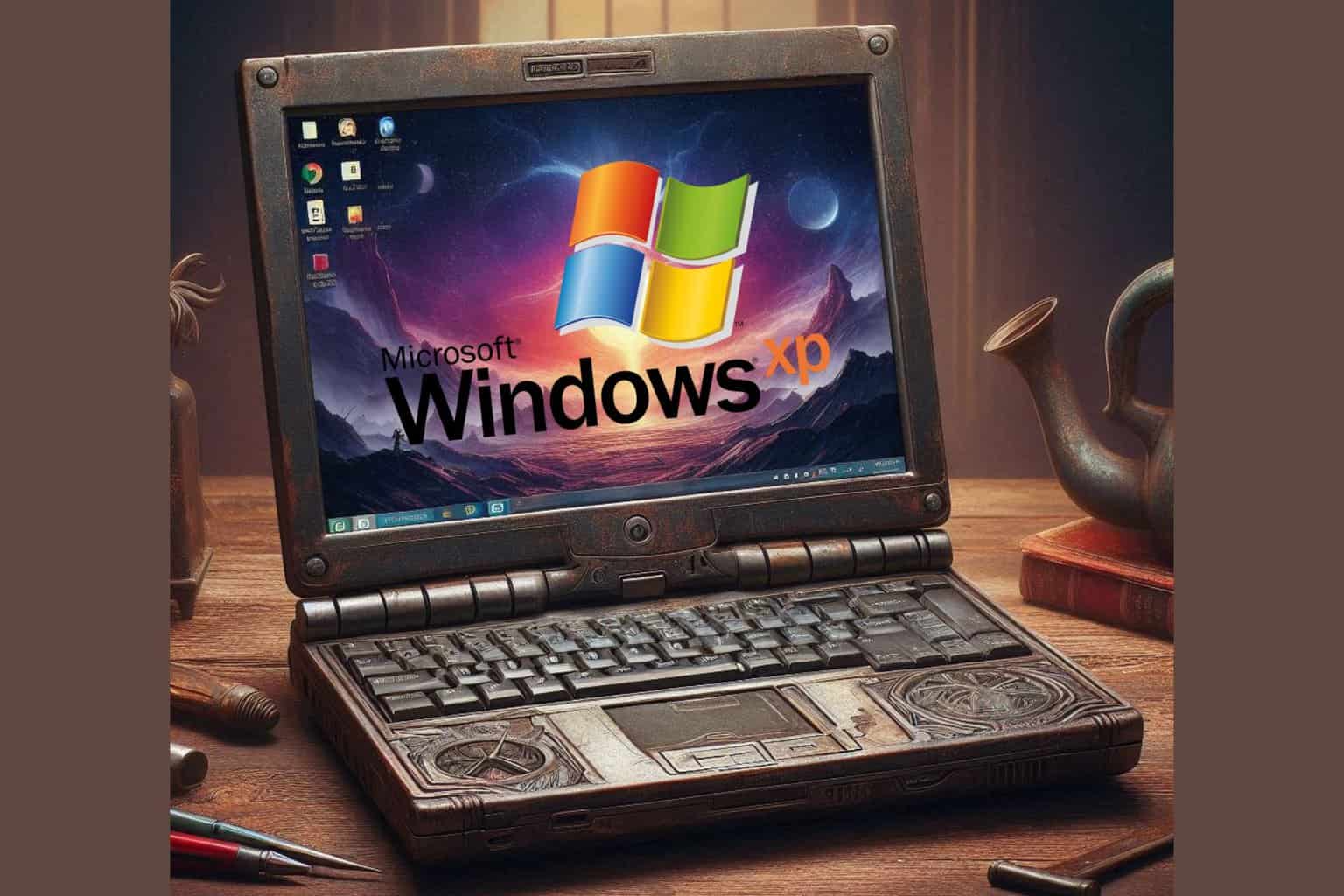
User forum
0 messages